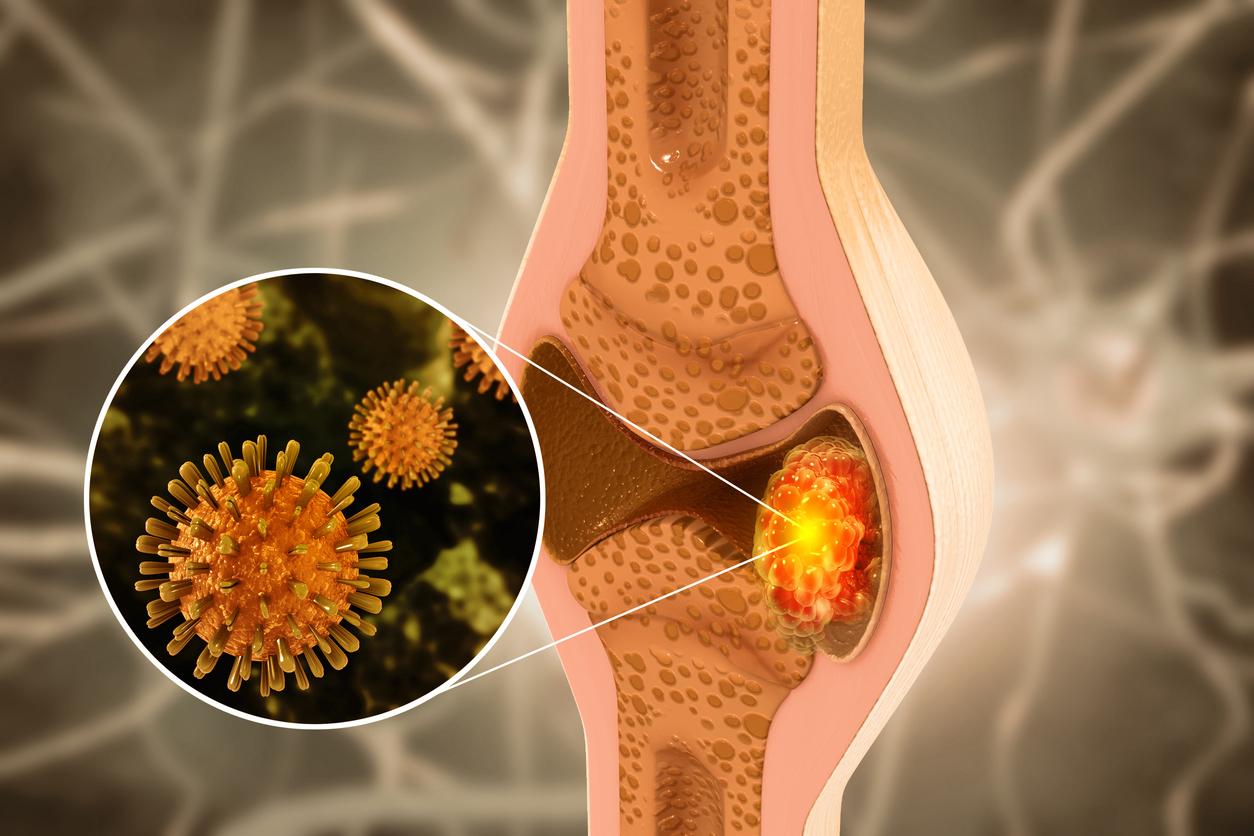Autism is one of the pervasive developmental disorders. It appears in early childhood, before the age of three, and then persists throughout life. Currently, the diagnosis can be made from about two years old, but American researchers at the Emory University School of Medicine have been able to detect this disease in babies aged two to six months.
For their study, published by the journal Nature, the scientists analyzed the eye movements of 59 infants suspected to be at high risk for autism for genetic reasons and 51 at low risk. Of these two groups, thirteen were subsequently diagnosed with autism spectrum disorder. Conclusion: visual concentration gradually declines in autistic children from two months, as does the gaze fixed on a person’s body or on an object in front of them. “These observations mark the first indicators of social disability from childhood, but they also tell us that the gaze begins with normative levels before declining”, explain the researchers.
Thanks to this discovery, the risks of developing autism could be detected earlier by taking into account all the symptoms. The two authors of the study finally believe that this research offers “a promising opportunity for early intervention”.


















